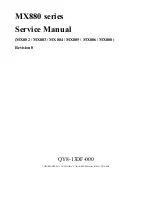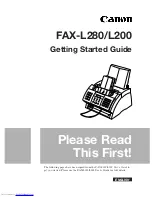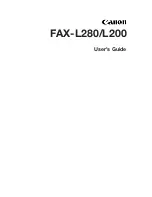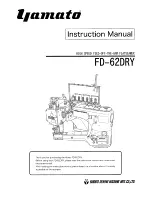
Preparing the Fabric
147
4
— — — — — — — — — — — — — — — — — — — — — — — — — — — — — — — — — — — — — — — — — — — — — — — — — — — —
Preparing the Fabric
After attaching a stabilizer material to the embroidery fabric, it is stretched on an embroidery frame.
Attaching an optional stabilizer
material to the fabric
For successful design stitching and to prevent fabric
puckering around the design, iron fusible stabilizer to
the fabric or place non-fusible stabilizer in the hoop
below the fabric.
Memo
z
There are many types of backing and
topping stabilizers with various weights for
the various fabrics that you may be sewing.
Visit your local retailer to find the stabilizer
that is right for your project.
Note
z
Always use stabilizer material for
embroidery with stretch fabrics, thin fabrics,
fabrics with a loose weave and fabrics where
stitches easily contract.
CAUTION
a
a
Prepare stabilizer material that is larger than
the embroidery frame being used.
a
Fabric
b
Size of embroidery frame
c
Stabilizer material
b
If you are using iron on stabilizers, place the
adhesive surface of the stabilizer material
against the wrong side of the fabric, and iron it
with a steam iron (following manufacture’s
instructions).
a
Fusible side of stabilizer
b
Fabric (wrong side)
Memo
z
When embroidering lightweight fabrics, such
as organdy or lawn, or when embroidering
napped fabrics, such as towel or corduroy,
use water-soluble stabilizer (sold separately)
for best results. The water-soluble stabilizer
material will dissolve completely in water,
giving the embroidery a more attractive finish.
●
Always use stabilizer material when
sewing embroidery projects. The needle
may break or bend if you embroider
without using a stabilizer material for thin
fabrics or stretch fabrics. Furthermore,
the pattern may be sewn incorrectly.
2
3
1
a
b
Summary of Contents for Ellure PLUS BLR3
Page 1: ......
Page 5: ...3...
Page 16: ...14...
Page 48: ...GETTING READY 46...
Page 180: ...178 EMBROIDERY...
Page 198: ......
Page 199: ......
















































